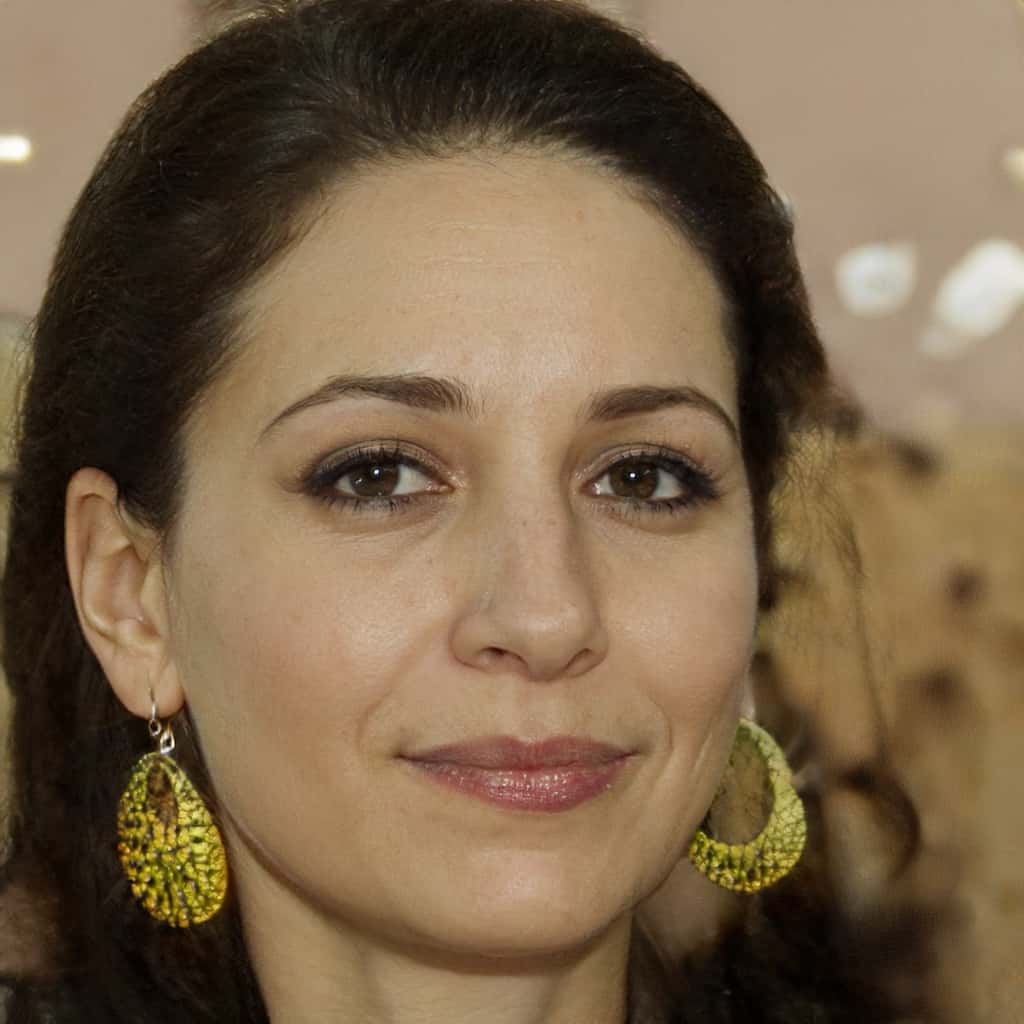
What Does Lgbtiqcapgngfnba Stand For? (13 Main Gender Titles)
This is the 21st Century. In this period, there is the advocacy of different personalities and sexual identities/orientation. This is where the LGBTQ+ community comes in. One would ask what exactly does this LGBT initialism mean?
Lgbtiqcapgngfnba means lesbian, gay, transgender, intersex, queer/questioning, curious, asexual, pansexual, gender nonconforming, gender fluid, non-binary, and asexual.
This acronym is known to create certain reactions amongst the public because it has so many letters. It is understandable that the aim is to promote inclusiveness in the LGBT community. However, it has made the LGBT movement look absurd. Some people even joke that soon the LGBT movement may include all the letters in the alphabet. Other people, however, try to use the word, “queer” instead of the long acronym to refer to all the categories of people with their various sexual orientations.
However, the word “queer” has been discovered to be offensive by members of the large LGBT community. This is especially when it is used in the wrong context. So, what does Lgbtiqcapgngfnba stand for? Here are a number of gender identities included in the large LGBT community.
Contents
13 Gender Descriptions
1. Lesbian
A lesbian is a woman who is attracted to other women. The word lesbian is derived from the word “lesbos”. Lesbos is a Greek island that was the dwelling place of a 6th Century poet named Sappho. Sappho’s poetry focused on women’s lives, rituals, relationships, etc. The term “lesbian” is again used in a poem titled Sapphics.
This poem was written by Algernon Charles Swinburne in 1886, where he uses the word to refer to the island of Lesbos. Again, the word is mentioned in “the passion of Delphine ''. This is a poem written by George Saintsbury in 1875. However, this time, the poem refers to love between two women.
Previously, lesbianism had been identified as a mental illness, but now it has been accepted in some countries as a gender identity.
2. Gay
Gay is the same as lesbianism. However, it is the male version of a lesbian. Simply put, a ‘gay’ is a man who has a sexual attraction toward men. Another term for gay is homosexual. Homosexuality has existed for centuries and was first mentioned in the bible in the book of Genesis. This story concerned Lot and the visitor he had in the city of Sodom and Gomorrah.
So, the existence of gay people is not new. Gayism has traveled through the lines of history. Even the famous writer, Oscar Wilde was gay. But he was hanged for indulging in homosexual acts. Back then, it was forbidden, and when caught, one could be subjected to death. However, it is now common in this current century, especially in the western world. In some countries, homosexuality is widely accepted.
And some of the people in the gay community are known to currently head government affairs. Some of which include Xavier Bettel, Leo Varadkar, etc. What’s more, many are very influential in the fashion sphere, some of which include Alexander McQueen, Christian Dior, Yves Saint Lauren, Tom Ford, Gianni Versace, etc.
3. Bisexual
A bisexual is someone who is attracted to both male and female. It can also be said to be the romantic attraction towards persons of any sexual or gender identity. It is also known as pansexuality. This concept exists with the two other classes of sexual orientation, which are heterosexuality and homosexuality.
Being bisexual does not necessarily mean that one will be automatically attracted to both sexes, however, anyone who identifies as not having an exclusive sexual preference can be labeled a bisexual.
4. Transgender
A person who identifies as transgender is an individual who behaves as the opposite gender rather than the gender that was assigned to him or her at birth. So, for instance, a trans man is someone who was born as female but is considered a man. Transgenders are also called trans. The term may also involve people who identify as non-binary or genderqueer.
The opposite of transgender is cisgender. Cisgender refers to people who are sure that their gender identity is in consonance with their sex. Trans people do not necessarily have to put a tag on their sexual orientation. So, they may be straight or heterosexual, homosexual, bisexual, or asexual. Some trans people go through medical treatment to look the part they identify as.
Some of these treatments include sex reassignment surgery, hormone replacement therapy, or psychotherapy. But it is not all trans people in the trans movement who go through these procedures. And it may be due to medical or financial reasons.
5. Intersex

An intersex person is one who is born with sex characteristics of both male and female. The term “intersexuality” was created by Richard Goldschmidt in 1917. According to him, it refers to different physical sex ambiguities in a person. So they do not identify as either male or female.
An intersex was previously known as a hermaphrodite. This term has been done away with because the word has been known to mislead people and lead to stigmatization. It has been observed that some intersex persons may be raised as one gender, but they may change it, and be associated with another gender later in their lives. Others choose to be associated with the gender they were raised with.
6. Queer/Questioning
This is someone who is looking for answers about their sexual orientations. They do not want to be associated with the gender identity that has been assigned to them at birth. So, they are still exploring appropriate ways for society to place proper tags on their gender identities. This is so that they do not feel uncomfortable.
Also, the Q aspect of LGBT initialism means queer. This word means “strange” or “odd”. In the past, queer people were defined as men who practiced anal or oral sex. However, nowadays queer people are embracing non-normative sexuality which includes “queer heterosexuality”.
7. Curious
Anyone who is curious is interested in men and women, yet does not identify as bisexual. This term allows people to feel comfortable in expressing themselves sexually. It can be a bit difficult describing them. This is because they may be similar to questioning or bisexuals. However, what you need to keep in mind is that this subgroup is curious of any gender identity without identifying as lesbian, gay, or bisexual.
8. Asexual
Asexual people lack sexual attraction towards people. Such people hardly believe that sexual desire is natural. However, their definitions differ. Some define it as people who have low sexual desires, or people with low sexual behaviors. Others yet describe it as a combination of low sexual desires and behaviors.
You should know that asexuality is different from celibacy and abstinence. Usually, celibacy is influenced by a person’s personal decisions and social or religious beliefs. However, asexuality is a sexual orientation. The fact that they have no interest in sexual activities does not mean that they do not engage in them. They may do it to please themselves or because they may want to have children.
9. Pansexual
A pansexual is an individual who is sexually attracted to all sexual identities and sexual orientations. The words “pansexual” and “pansexualism” were first recorded in 1914 by opponents of Sigmund Freud. Pansexuals are to any type of sexual identity and sexual orientation. It is also known as omnisexuality.
Pansexuals like to call themselves gender blind. This is because they do not believe gender plays a role in their attraction to others.
Wondering about your man? Let's find out who he really is.
From the newly dating to the happily married, trust issues can creep up on anyone. With cheating cases soaring over 40% in the last two decades, it's natural to have your doubts.
Could he be sending flirty texts to another woman? Or secretly swiping on Tinder? Or even have a hidden criminal past? Or, the worst fear - could he be cheating?
This useful tool can bring the truth to light. It'll dig out hidden social media accounts, dating profiles, photos, any legal run-ins, and more. Let us help clear your mind.
10. Gender Non-Conforming

One of the sexual minorities in the LGBT movement is the gender-nonconforming group. This group does not conform to a gender that is imposed by society. People in this category may also be called ‘gender-variant’, gender-diverse, or gender atypical. Usually, trans people identify themselves as such before transitioning.
Some intersex people also like to identify themselves as gender non-conforming. The term may comprise transexual, butch, sissy, femme, tomboy, femboy, hijra, etc.
11. Gender Fluid
A gender fluid person is a person who doesn’t have a fixed gender. This means their gender identity, expression, or both changes over time. For some people, gender fluidity is a way of exploring till they settle on a fixed gender identity or expression.
12. Non-Binary
Non-binary people do not identify as male or female. Non-binaries usually identify with a gender which is different from what they were given at birth. However, some non-binaries do not ascribe as transgender people. Another term for people under this category is enby. This group is unbelievably diverse. Such a person may be bigender or trigender.
In other words, such a person may have two or three genders. They could also identify as not having a gender or may be gender fluid. These people live gender-neutral lives. The term has a wide definition of gender identity but it could also include none. Some terms used by non-binary people include genderqueer, neutrois, agender, bigender, or third gender.
Non-binary people, therefore, do not prefer pronouns such as ‘he’ or ‘she’ to be used in reference to them. They would prefer it if you used a gender-neutral pronoun such as ‘they’ or ‘them.’ But if you are not sure on how to refer to them, it would be best if you asked them. Another option would be to call them by their name.
Also, if you want to address them with titles, you ought to be careful how you do it. For instance, Mx is a gender-neutral title that is used by non-binaries. This is against Mr, Mrs, or Miss which is used by people who identify as male or female.
13. Androgynous
An androgynous individual has both traits of a female and a male. It is usually used in reference to intersex people. In some disciplines, androgynous and hermaphrodite can be used in place of each other. This is why the term can be alluded to intersex people. It may also refer to people who identify as non-binary, gender-neutral, or genderqueer.
However, people have managed to express their gender under this group through personal grooming, or fashion. Androgynous is derived from Greek through Latin: andrógunos. This word means man and woman. It has been an observation that the androgynous group has risen and fallen throughout the times.
FAQs
LGBTQIP2SAA stands for lesbian, gay, bisexual, transgender, queer, questioning, intersex, pansexual, two-spirit, androgynous, and asexual.
There are lots of genders. Some of which include male, female, transgender, asexual, non-binary, two-spirit, genderqueer, agenda, pangender, omnigender, polygender, gender outlaw, gender expansive, cisgender, butch, bigender, androgyne and all, none or a combination of any of these.
Lgbtqqiaap stands for lesbian, gay, bisexual, transgender, queer, questioning, intersex, asexual, allies, and pansexual.
They keep adding letters to LGBT because there are different gender identities that can be counted. So, to promote inclusivity, they make it LGBT+. The + makes it obvious that there are other groups within the community.
Pangender is a gender identity where a person is comfortable being identified as different kinds of gender identities.
In Conclusion
To end with, the question ‘what does lgtiqcapgngfnba stand for’ has been answered in this article. Lgbtiqcapgngfnba is now the general term given to those in the LGBT movement. The lives of people in this group speak a lot about liberalism. Thus people who live gender-neutral lives can live freely in today’s society, be comfortable, and have a voice.
I hope you enjoyed this article. I want to know your thoughts, so please comment in the comments section. Please share this article with your friends and family.
Utilize this instrument for a comprehensive background check
Whether your relationship is in its budding phase or you're in the blissful realm of marriage, escalating infidelity rates (over 40% in the past two decades) warrant your caution.
You may want to ascertain whether he is engaging in secretive text conversations with other women, maintaining active profiles on dating platforms like Tinder, or concealing a criminal history. Or you might be fearing the worst - infidelity.
This robust tool is designed to uncover hidden social media and dating profiles, unseen photographs, undisclosed criminal records, and much more, providing you with the clarity you need.

Leave a Reply










